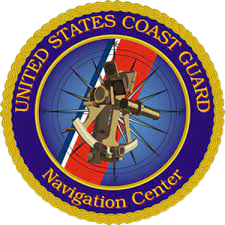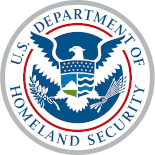The Ports and Waterways Safety Assessment (PAWSA) process grew out of tremendous changes that took place during the 1990s in the United States Coast Guard (USCG) Vessel Traffic Service (VTS) program. Through the 1997 Appropriations Bill, the Coast Guard was directed to ""identify minimum user requirements for new VTS systems in consultation with local officials, waterways users and port authorities" and also to review private / public partnership opportunities in VTS operations. As a result of this Congressional direction, the Coast Guard established the Ports and Waterways Safety System (PAWSS) to address waterway user needs and place a greater emphasis on partnerships with industry to reduce risk in the marine environment.
As part of PAWSS, the USCG immediately convened a national dialogue group (NDG) comprised of maritime and waterway community stakeholders to identify the needs of waterway users with respect to Vessel Traffic Management (VTM) and VTS systems. Those stakeholders, representing all major sectors of the U.S. and foreign-flag maritime industry, port authorities, pilots, the environmental community, and the USCG, were tasked to (1) identify the information needs of waterway users to ensure safe passage; (2) assist in establishing a process to identify candidate waterways for VTM improvements and VTS installations; and (3) identify the basic elements of a VTS. The NDG was intended to provide the foundation for the development of an approach to VTM that would meet the shared government, industry, and public objective of ensuring the safety of vessel traffic in U.S. ports and waterways, in a technologically sound and cost effective way.
From the NDG came the development of the PAWSA process, which was established to open a dialogue with waterway users and stakeholders to identify needed VTM improvements and to determine candidate VTS waterways. PAWSA provides a formal structure for identifying risk factors and evaluating potential mitigation measures through expert inputs. The process requires the participation of professional waterway users with local expertise in navigation, waterway conditions, and port safety. In addition, stakeholders are included in the process to ensure that important environmental, public safety, and economic consequences are given appropriate attention as risk interventions are selected.
Over 50 ports / waterways have completed the PAWSA process, which generally has been well received by local maritime communities and has resulted in some resounding successes. The ultimate goal of PAWSA is not only to establish a baseline of waterways for VTS consideration, but to provide the local host and waterway community with an effective tool to evaluate risk and work toward long term solutions tailored to local circumstances. The goal is to find solutions that are both cost effective and meet the needs of waterway users and stakeholders.
The following is a sample of experts and stakeholders that have participated in the PAWSA sessions.
- Vessel officers or operators,
- Pilots,
- Tug officers
- Ferry operators or operators of other small passenger vessels
- A spokesperson for recreational vessel operators
- A spokesperson for the commercial fishing of fishing charter industry
- Terminal operators;
- Port authorities, harbor police, and firefighters;
- Subject matter experts from environmental interest organizations;
- Municipal, county, state, and federal officials or their agency employees having waterways management responsibilities;
- USACOE project planners;
- U.S. Navy afloat community representative
- Coast Guard buoy tender or other afloat unit commanding officers; and
- Shareholders who provide the funds for the port's utility and transportation infrastructure.

